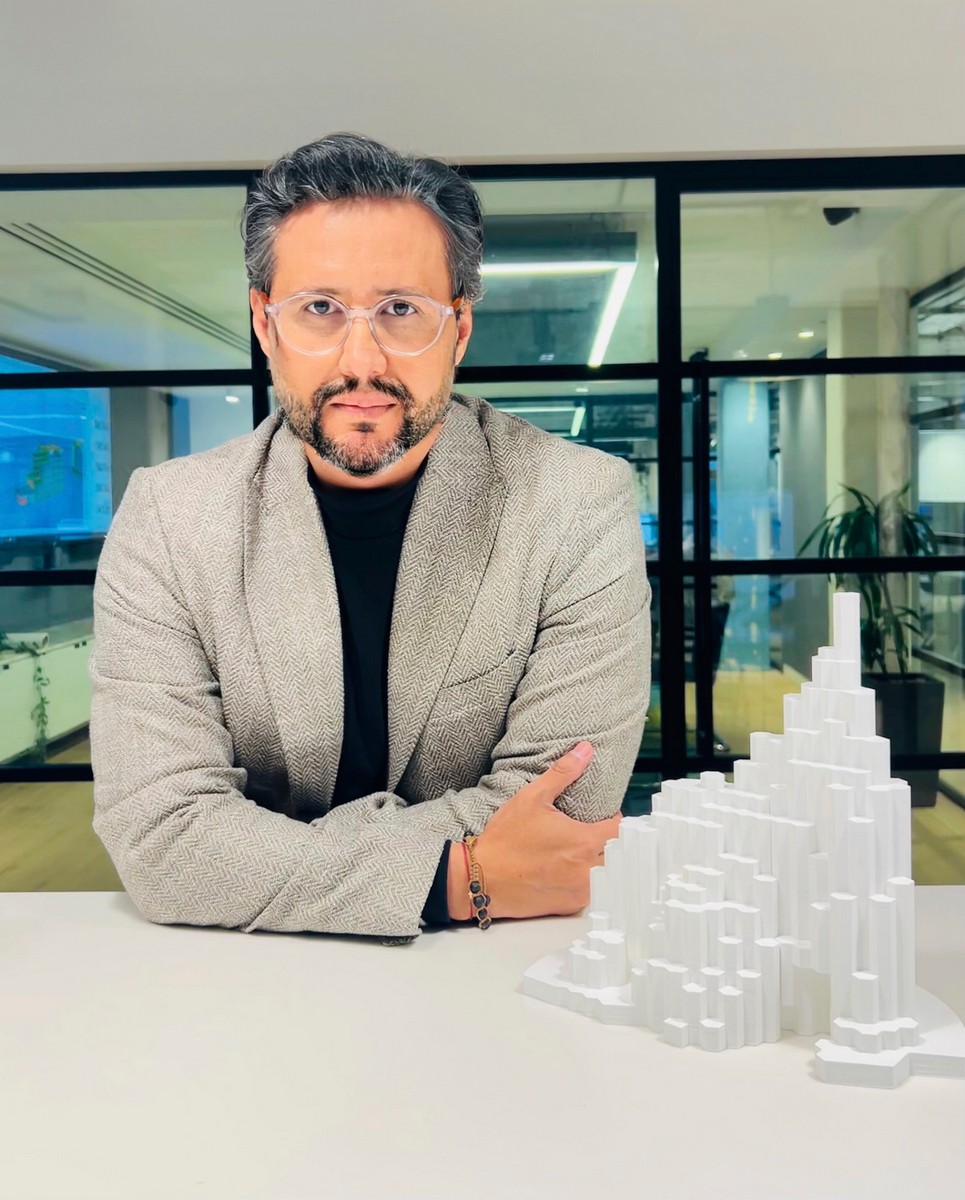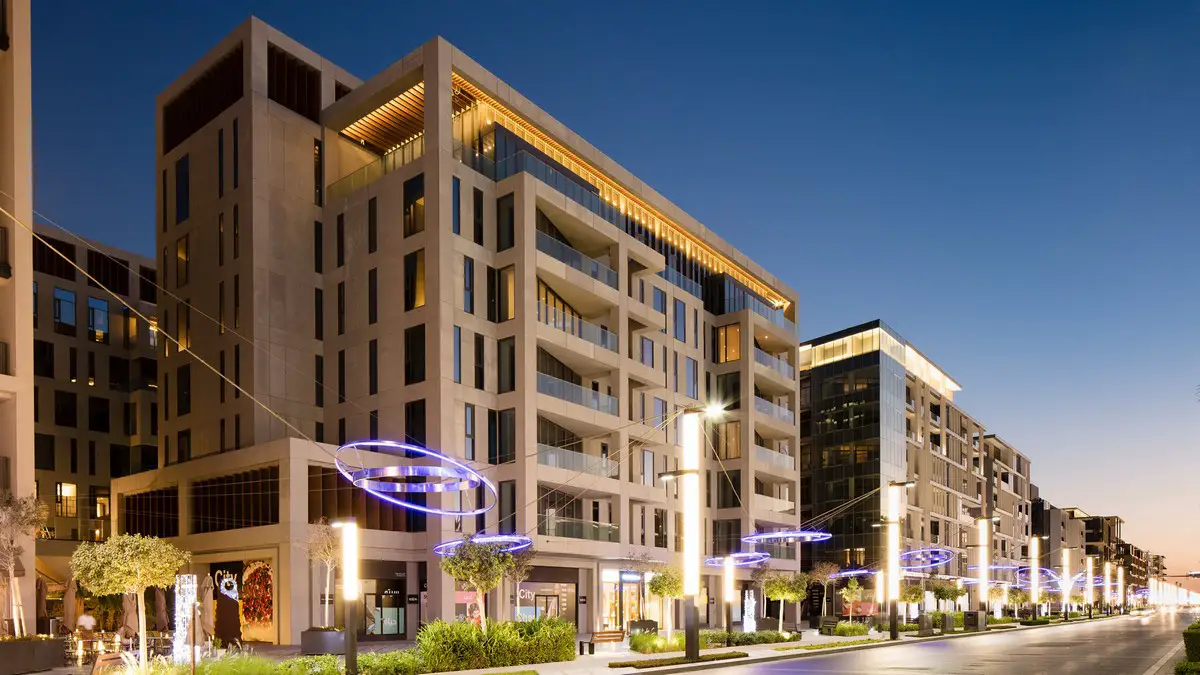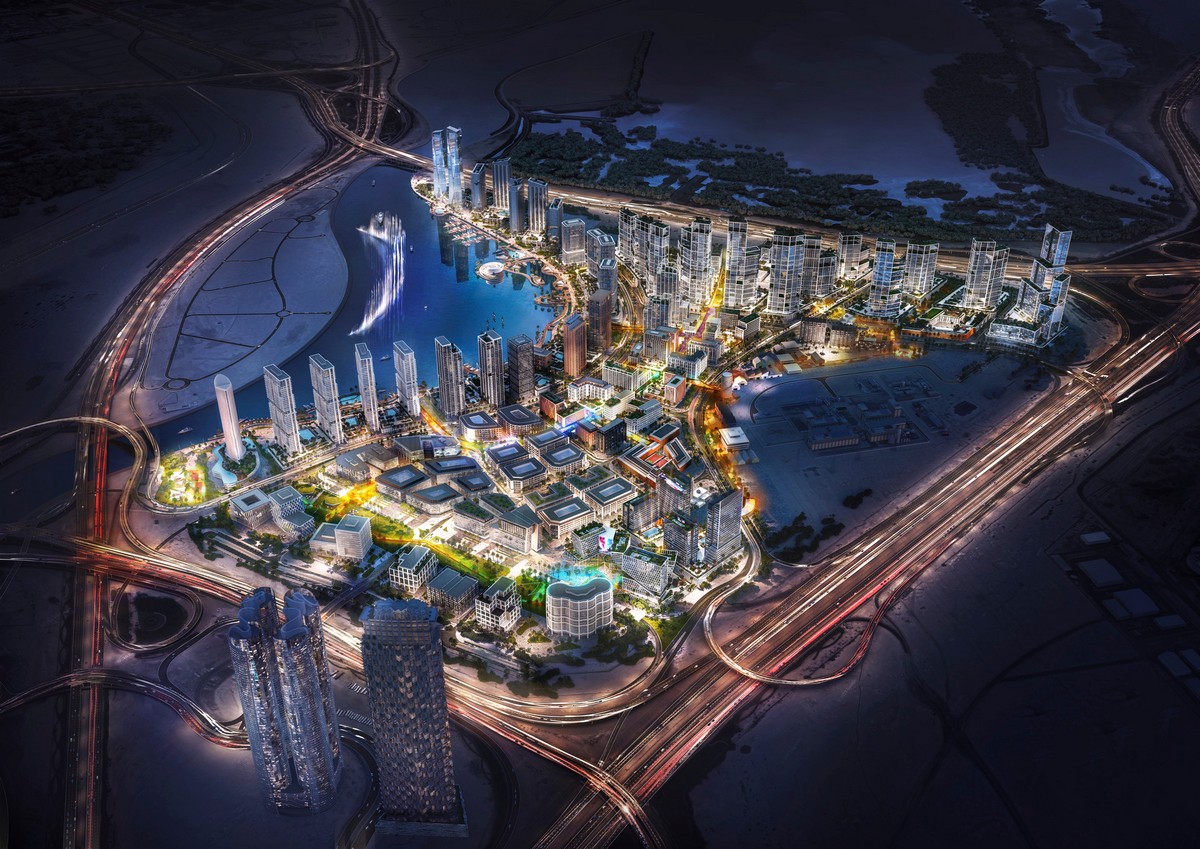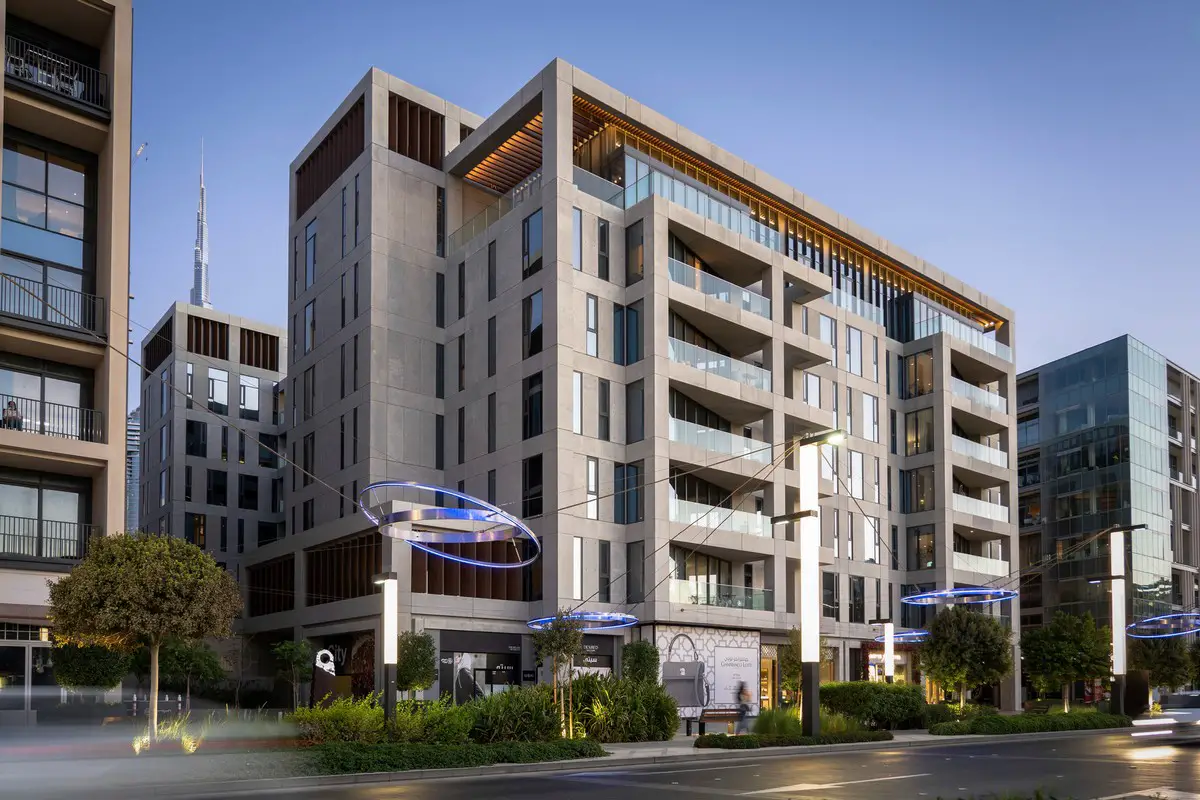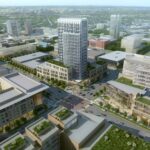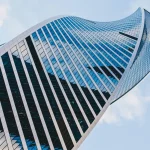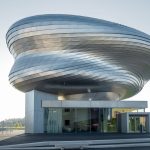Resilient Cities architecture design, Paolo Testolini Woods Bagot Architects Dubai, UAE masterplan concept drawings
Resilient Cities architecture design opinion by Paolo Testolini
22 February 2024
Ancient Venice and the modern Middle East hold the key to resilient cities.
Paolo Testolini believes there is a surprising synergy between ancient Venice and modern cities in the Middle East that provides valuable lessons in resilience – the most vital survival tool for the modern city.
Concept sketch depicting desert pavilions by Paolo Testolini:
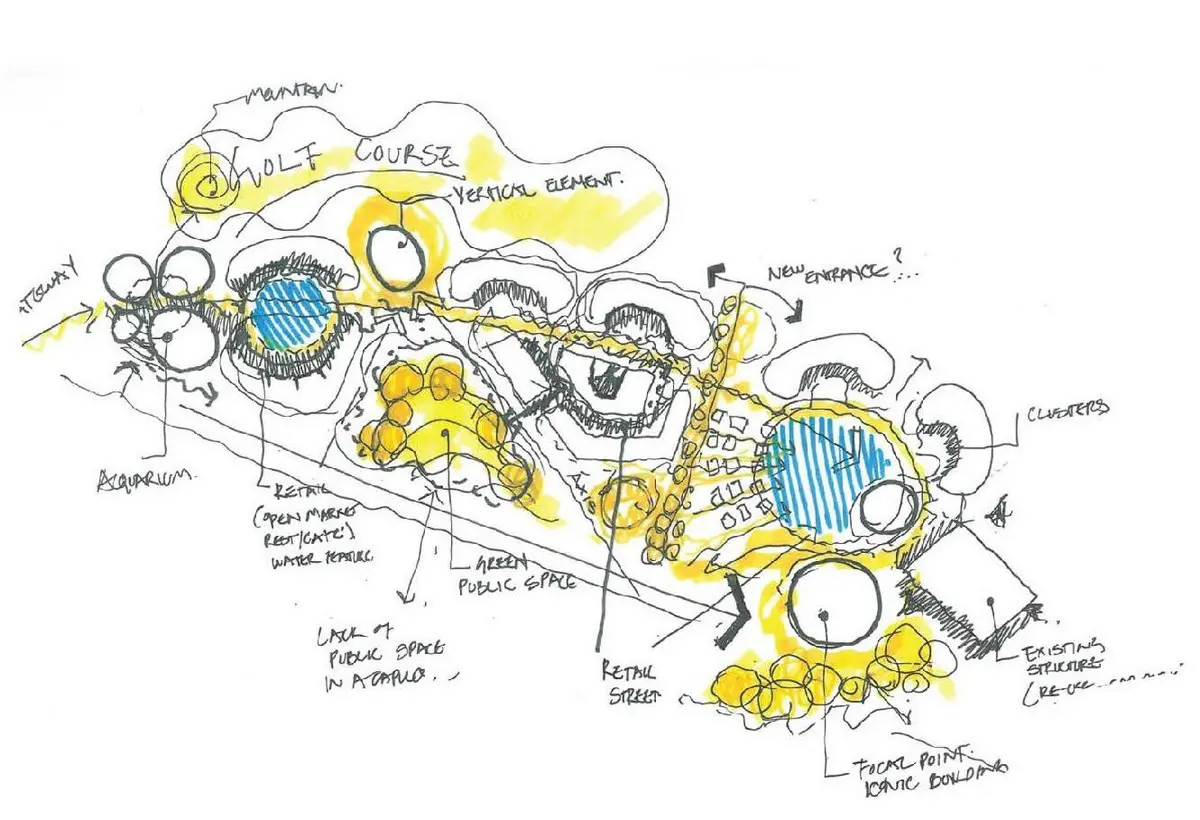
Resilient Cities Architecture Design
Paolo, who is a Woods Bagot Principal and Global Sector Leader for Cities and Places, believes that “cities are the seeds from which societies grow” – a theory backed by the fact that almost 60 percent of the world’s population, 4.4 billion inhabitants, live in cities today, and nearly 7 out of 10 people are predicted to live in them by 2050.
His unique take is that, when it comes to designing resilient cities, we have as much to learn from our past as we do in harnessing the potentials of our present. Specifically, Paolo puts forward that we have much to learn from the history of Venice – and that the Middle Eastern cities of Dubai, Qatar and Riyadh are “the modern interpretations of Venice’s long history of human ingenious, will and wealth.”
Paolo believes that “heat is for Dubai as water was for Venice – the harsh environmental element has become a tool boosting entrepreneurial thinking and bringing innovation at the heart of each city’s growth.”
+++
Canal living concept, drawn by Paolo Testolini:
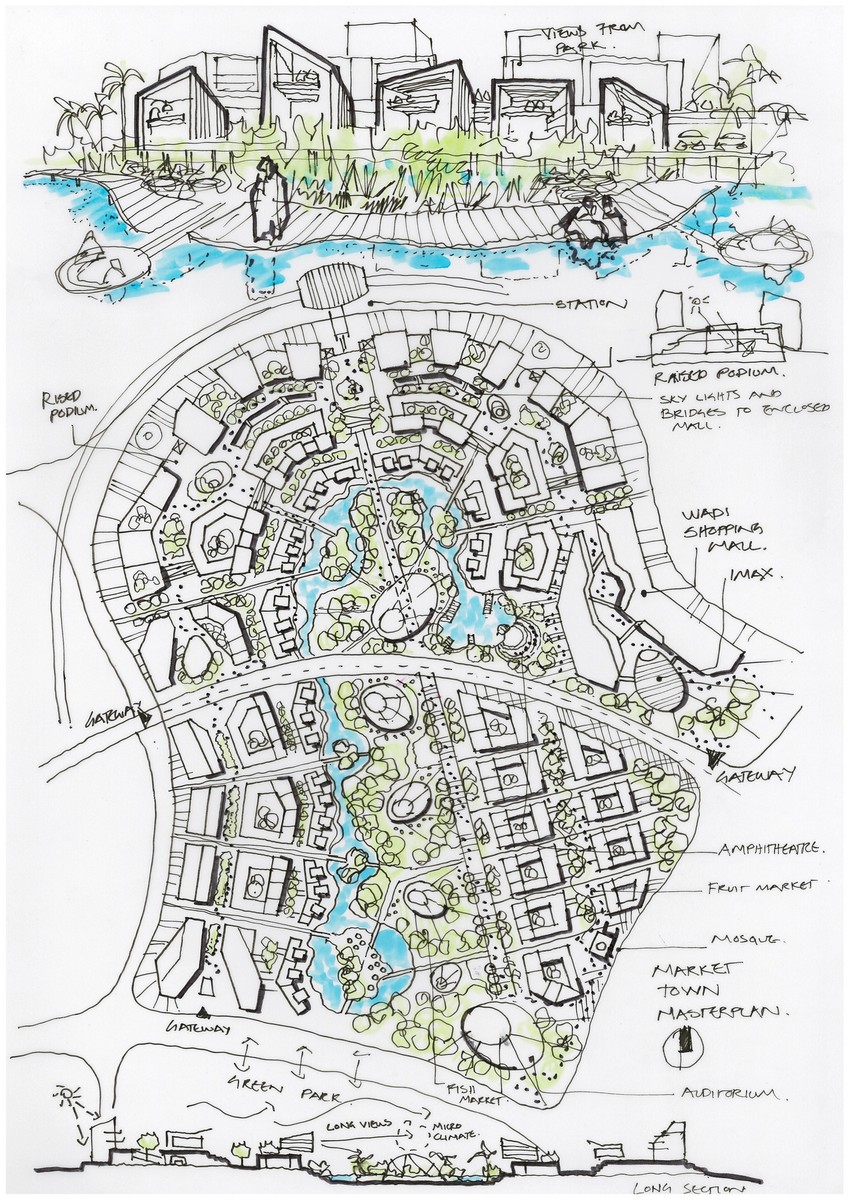
As stewards of the built environment, architects must consider how liveable, people-centric spaces can be created, adapted, and made more resilient. While the continuing technological feats of the Fourth Revolution will contribute to future solutions globally, inspiration for a way forward also lies in our past. Synergies between Venice and cites across the Middle East – both home to incredible feats of innovation in the face of extreme elements at different points in time – have a lot to teach us about resilience.
Pavilions on the desert concept, drawn by Paolo Testolini:
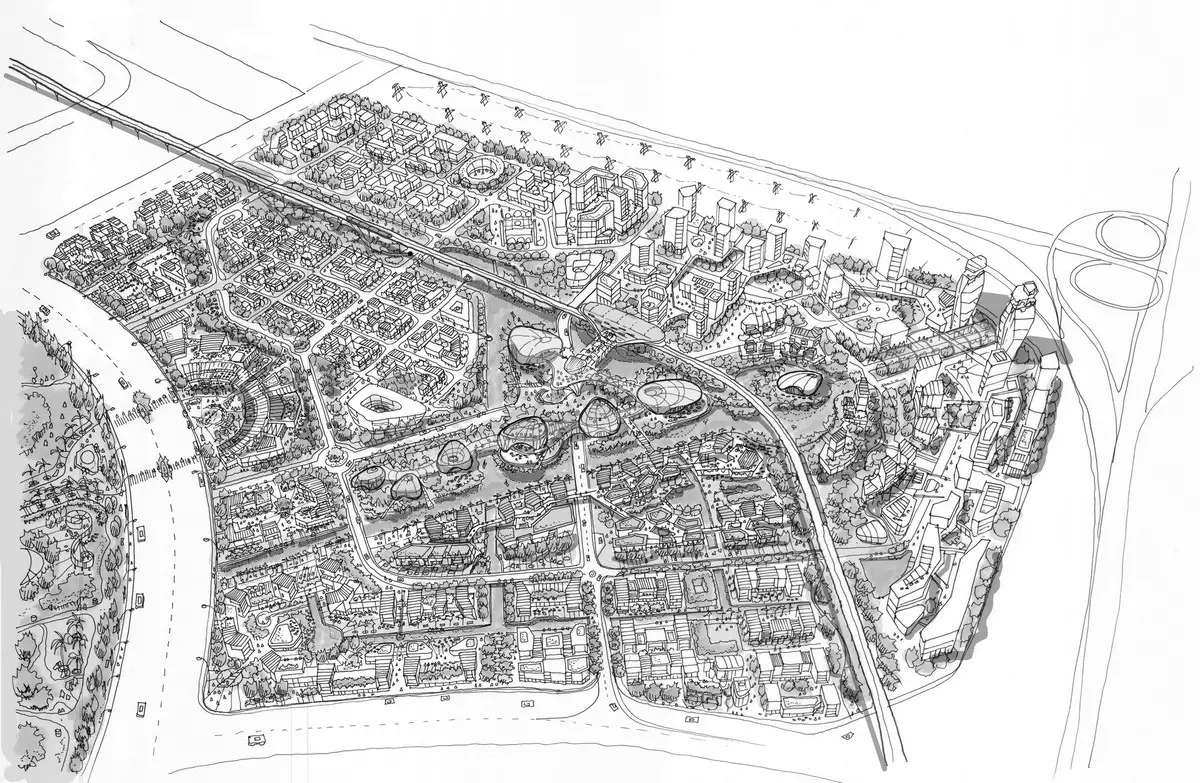
Prologue:
When Italo Calvino wrote, “cities, like dreams, are made of desires and fears,” he voiced the mutable, phantasmagorical nature of cities. Calvino’s story is a reminder that people travel to experience cities only to realize that the journey is a crossroad of personal interpretations and a realization that dreams are the real foundations of the city. To put it another way, cities are personal journeys of hope – realised or otherwise.
Growing up, one of my favorite hobbies was to sit on a bench in the piazza and watch life pass by – sitting still while strangers went about their daily business around me. As a young architect in London, I experienced the joys of commuting. I found that, despite the crowds and frequent delays, moving from point A to B was a cherished daily ritual. Being a minuscule part of that human wave of motion as it zigzagged through streets and parks strengthened my sense of belonging within the city – exquisitely connected to London’s ebbs and flows.
As a concept, the city – the idea, essence, and experience of it – must live on. Aristotle, somewhere in Rome years before the Colosseum’s first stones were stacked, went so far as to define man as ‘zoon politikon’ (the political animal) who – motivated to achieve the highest good through partnerships with others – is a being whose nature it is to live in a polis (city). The truth in this remains today, making the city an integral part of the human experience.
+++
A city is a multi-layered thing. Named for gods, lovers, conquerors and new beginnings, cities across the world are imbued with the dreams of people long past, the ambitions of the present, and the hopes of generations to come.
As the world faces the realities of overpopulation, global warming, climate change, energy crisis and desertification, many cities will fall under threat of becoming uninhabitable. Over the next 50 years, 1 to 3 billion people are projected to be left outside the climate conditions that have served humanity well for the past 6,000 years.
A case for saving cities.
Cities are the seeds from which societies grow. Their undeniable pull saw a young Leonardo Da Vinci move to Florence from the countryside during the 1500s and is still the reason younger generations will choose to live in a small flat in a crowded city over more generous living conditions in the country. For young and old, cities are tantalizing hubs of innovation, community, and connection.
Even in recent times, the call of the city remains clear. While the early days of the pandemic were rife with predictions of the ultimate death of cities, fears of a global urban exodus proved overstated. Big cities emerged resilient, and the people who left them returned. Almost 60 percent of the world’s population, 4.4 billion inhabitants, live in citiesii today – and nearly 7 out of 10 people are predicted to live in cities by 2050.
What drives this popularity? Opportunity. The thing within cities that calls to us is the possibility of a chance encounter, a stroke of luck or discovery. There’s an alchemy that happens between buildings that transforms our experience, a sense felt between crowded coffee shops and winding alleys that the unexpected can happen at any moment. Rich in smells, noises, light and shadow, voids and solids, each city is a complex artificial system with a unique identity.
Dreams set on water: Venice.
The 1600-year tale of Venice is a remarkable story of innovation and imagination. An exceptional example of human ingenuity, the man-made city’s astonishing location over the very northern corner of the Adriatic Sea was honed to provide protection, tactical advantage, and the basis for a maritime golden age. The city’s historical ingenuity saw rivers diverted, trade mastered, industry adapted, and a cultural renaissance hosted. Its very existence confirms the creativity of a society that, having turned the challenge of setting their dreams on water into a strength, designed a city of unimaginable elegance and form.
But, in recent centuries, Venice’s story turns from triumphant to cautionary. The city’s tale takes a turn for the worse in two senses: physically, because of rising sea levels and the related ruin of its ancient structures, and fundamentally, because its long-held spirit of reinvention and innovative edge has waned.
Tourism has been Venice’s main source of income since the end of the 18th century. The city hosts 30 million visitors a year – more than two-thirds of which only come for the day – while the number of permanent residents threatens to drop below 50 000. Facing a city that no longer feels like theirs, the remaining inhabitants of Venice’s historic centre say they fear becoming like “relics in an open museum.”
Our role as architects is to ensure the cities we shape are people-centric. When cities fail to evolve from empathetic, human-centric approaches, they lose their resilience. Though evidence of ingenuity can be found in MOSE and other restoration efforts across the city, over-tourism in Venice has seen buildings erode, canals damaged, and inhabitants knocked from priority. Last August, UNESCO threatened to put Venice on its list of World Heritage Sites that are at risk due to “insufficient efforts” to preserve the cityv – speaking to the risks for cities that mistake exploitation for exploration, forgoing progress in the name of preservation.
Dreams set on sand: Middle East Metropolises.
The modern interpretations of Venice’s long history of human ingenuity, will and wealth lie across the Atlantic Ocean in the Middle East, where cities like Dubai, Qatar and Riyadh push entrepreneurial thinking to incredible heights. Heat is for Dubai as water was for Venice – the harsh environmental element has become a tool for boosting entrepreneurial thinking and bringing innovation to the heart of each city’s growth.
This innovation-led resilience is an immediate necessity for these cities. Expecting more than ten times the current frequency of heatwaves per year by 2050, the region faces an ever-growing list of challenges. But, like the Venice of old, Dubai, Qatar and Riyadh exhibit a collective determination that takes the idea of harmonising with the environment to unfathomable new heights.
The exploration of emerging technologies and new urban typologies in cities across the Middle East provides ways to keep designers focused on the future – promoting unconventional ways of design thinking, solving problems, and challenging the status quo.
The human component: 4IR and beyond
The history of innovation has taught us that change is the most reliable constant. Though our sources change – steam propelled the original Industrial Revolution; electricity the second; preliminary automation and machinery the third; and cyberphysical systems (intelligent computers) the Fourth Industrial Revolution (4IR) – humankind’s inventiveness pushes the bounds of possibility reliable forward; something that seems impossible today might not be tomorrow.
4IR’s advancement of technology pushes forward at an unimaginable pace. The possibility of billions of people connected by mobile devices, with powerful processing and large storage capacities as well as access to knowledge, is unlimited. This potential will be enhanced by artificial intelligence, robotics, the Internet of things, autonomous vehicles, 3D printing, nanotechnology, biotechnology, materials science, energy storage, and quantum computing and hologram technology.
While the phrase ‘innovate or die’ all but litters business and entrepreneurial circles, it does aptly express the idea that we must embrace the unconventional to survive. The fall of Venice and the rise of the modern Middle East reinforce the fact that cities must continue to push boundaries and embrace new discoveries. City-shapers must ensure their motivation is fueled by the desire to improve the lives of the people who live, work, shop, rest and play in cities.
Futureproof: Resilient cities.
A city that assumes the future will function the same as it does today is doomed, so too is one that forgets that people must be at its heart. The trajectories of Venice and cities in the Middle East demonstrate that environmental extremes offer fertile ground for experimentation and progress. As we continue to face down a world that’s becoming less and less inhabitable, we must learn from Venice’s fate and remember that innovation must be allowed to progress in order to future-proof our cities.
+++
About the author:
Paolo Testolini Architect
Paolo Testolini Principal, Global Sector Leader – Cities and Places
Based in Dubai studio, Paolo oversees the firm’s global masterplan and Urban Design team to deliver holistic and sustainable design solutions. With more than 20 years of experience leading Architecture, Urban Planning and Environmental Design projects, Paolo’s ethos is based upon a sensible business case for the proposed mix of uses and sustainable agenda. Paolo’s master planning combines evidence-based methodology with insight into the way people relate to spaces.
Paolo has directed master planning, mixed-use, retail and residential projects around the world—from Italy, Greece, Mexico, China and the UK. Currently, he focuses on large-scale projects in the Middle East—including the Dubai Land Retail District, the Palm Jumeirah Masterplan and the Expo 2020 Souks masterplan in Dubai.
Paolo is a skilled public speaker. He regularly collaborates with the Council of Tall Buildings and Urban Habitats, the Welsh School of Architecture and Italy’s Roma Tre University by teaching courses and speaking at design conferences.
Aljada Development Masterplan, Sharjah, UAE:
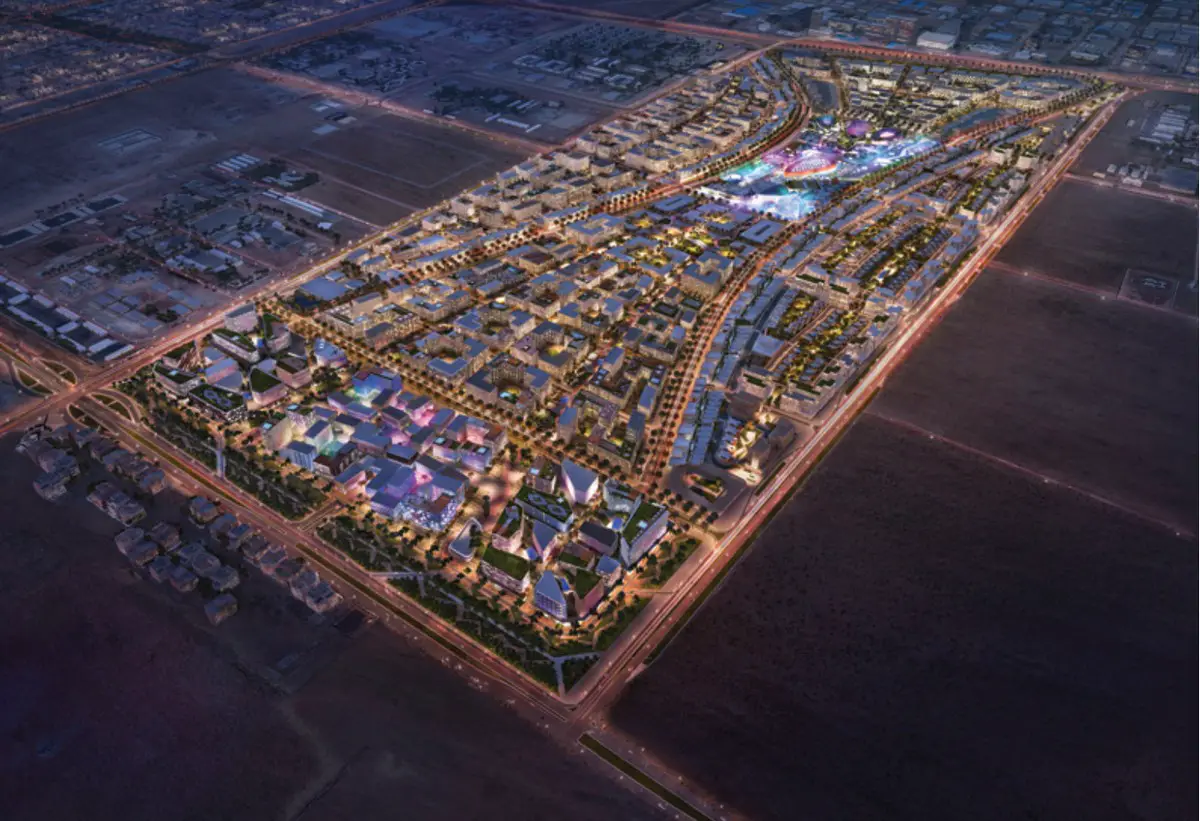
Located in Sharjah, the Aljada Development Masterplan is a vibrant mixed-use precinct that integrates living, working and entertainment.
Despite the heat, The Woods Bagot approach to the planning was to create a healthy and appealing urban environment through the allocation of sufficient green open spaces, contemporary architecture, safe pedestrian networks and public realm and an efficient vehicular network.
The Wood Bagot team utilized parametric tools that allowed the rapid assessment and optimisation of the masterplan taking into consideration factors including environmental conditions, height restrictions, parcel sizes and maximum development yields.
These tools also ensured that pedestrian connectivity was promoted by increasing outdoor thermal comfort through maximum shading, wind channeling and appropriate plot guidelines.
Dubai Design District (D3), UAE:
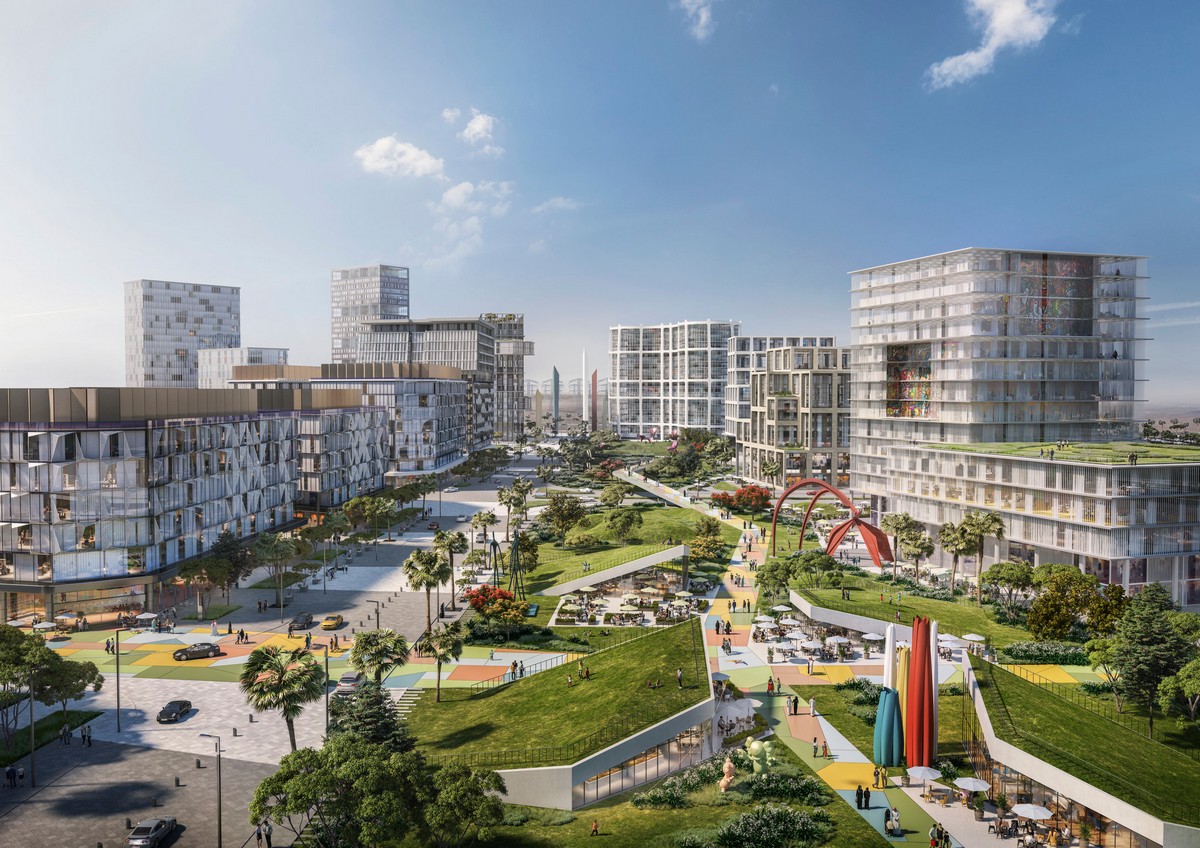
Designed as an oasis in the heart of the city, the masterplan for the Dubai Design District (D3) seeks to seeks to provide businesses, entrepreneurs, and individuals with a community where they can collaborate and create.
A defining element of the masterplan is the way safety and mobility have been considered, seamlessly connecting D3’s various districts and allowing pedestrians to avoid road crossings.
City Walk is an open, design-inspired neighbourhood in the heart of Dubai with hundreds of exclusive shops, restaurants and leisure activities set among 34 low-rise residential buildings, tree-lined avenues and a stunning a collection of contemporary street art murals.
Resilient Cities architecture design opinion by Paolo Testolini images / information from Woods Bagot Architects Dubai office.
Rethinking urban mobility, city transport systems
Woods Bagot Designs
Aljada Masterplan Sharjah, UAE
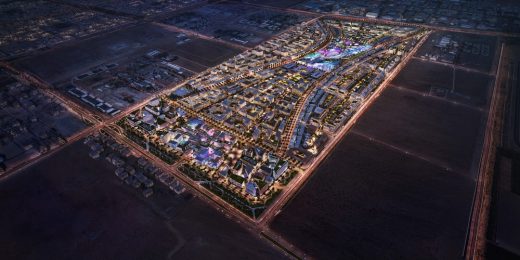
image from architects office
Aljada Development Masterplan in Sharjah
Woods Bagot Architects Building Designs – recent architectural selection from e-architect below:
St Mary’s Calne School Library, Wiltshire, Southwest England, UK
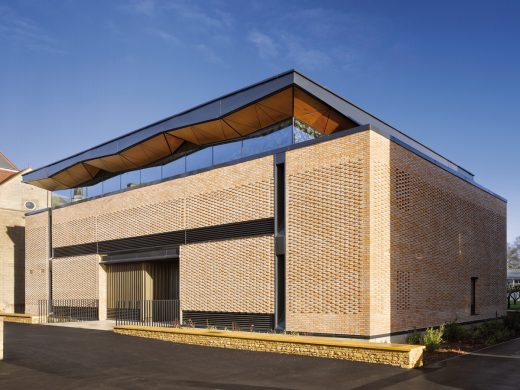
photograph : Will Pryce
St Mary’s Calne School Library
Three New Towers for Chinese Giant, Sunshine Insurance
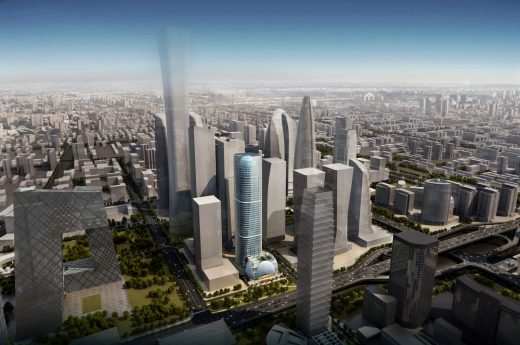
image courtesy of architecture office
Sunshine Insurance Towers in China
Fengpu Avenue Master Plan, Fengxian New City, Shanghai, China
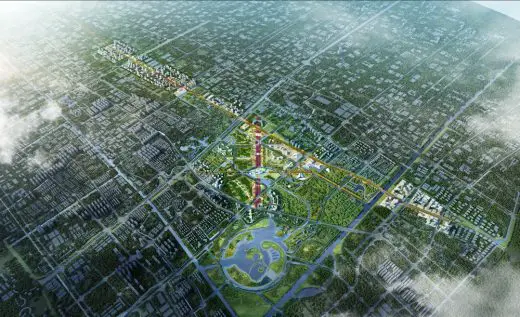
image © architecture office
Fengpu Avenue Masterplan
+++
Woods Bagot Architects WAF Shortlist 2018 News
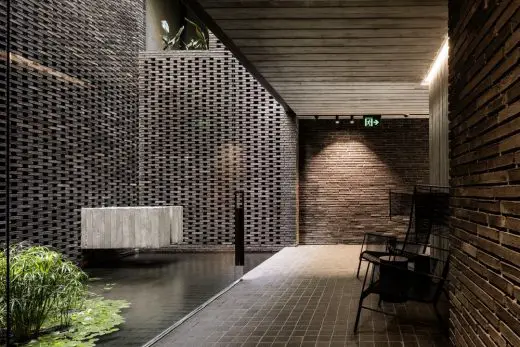
photo : Trevor Mein
Woods Bagot Architects WAF Shortlist 2018 Buildings
Woods Bagot Architects
Woods Bagot Architects : Practice Information
Woods Bagot Singapore
Woods Bagot Singapore
Woods Bagot Shanghai
Woods Bagot Shanghai
More Woods Bagot Architects architecture projects online soon
Location: – international offices
Architects Practice Information
Website: www.woodsbagot.com
Architectural Design
Sydney Architects Studios
Woods Bagot Architecture Office – practice info archive
Buildings / photos for the Resilient Cities architecture design opinion by Paolo Testolini Architect page welcome.

